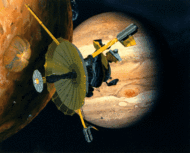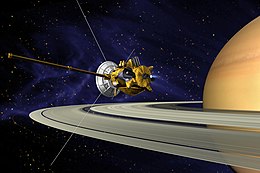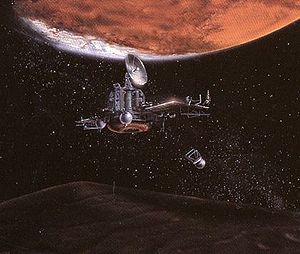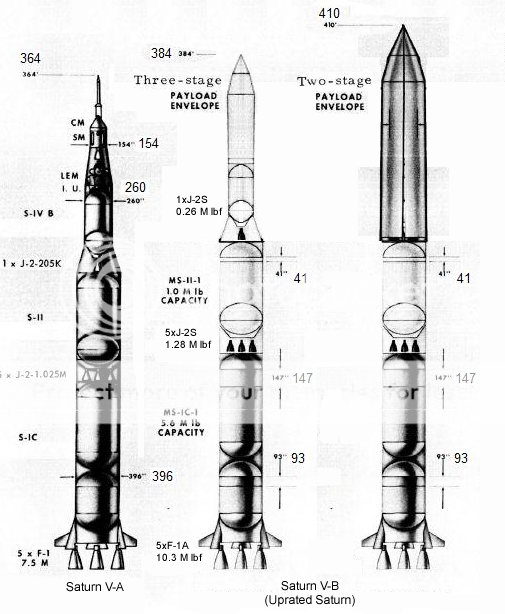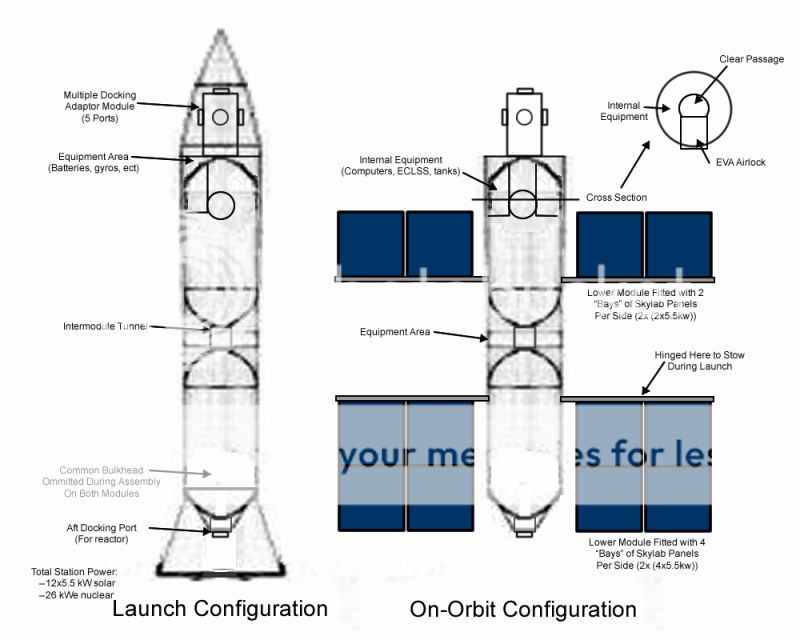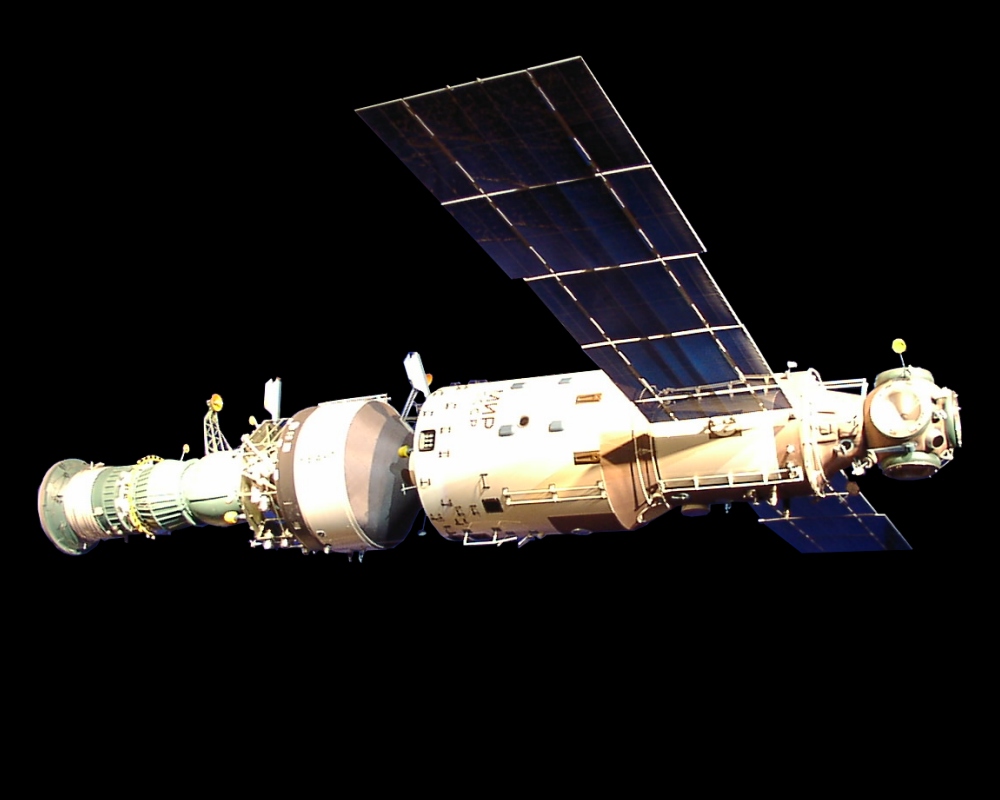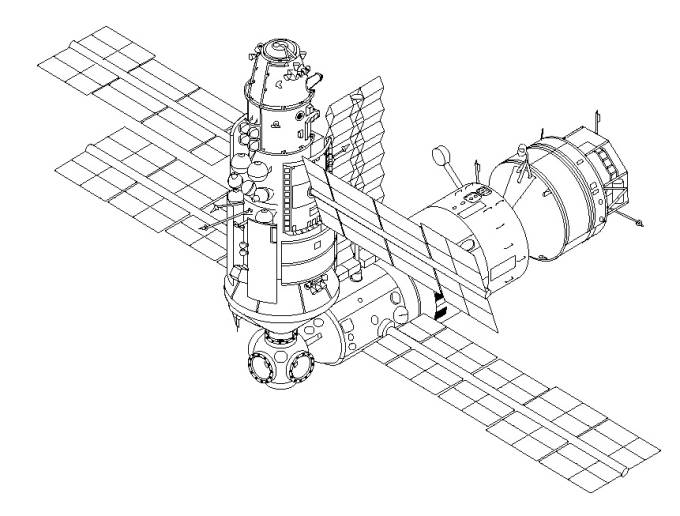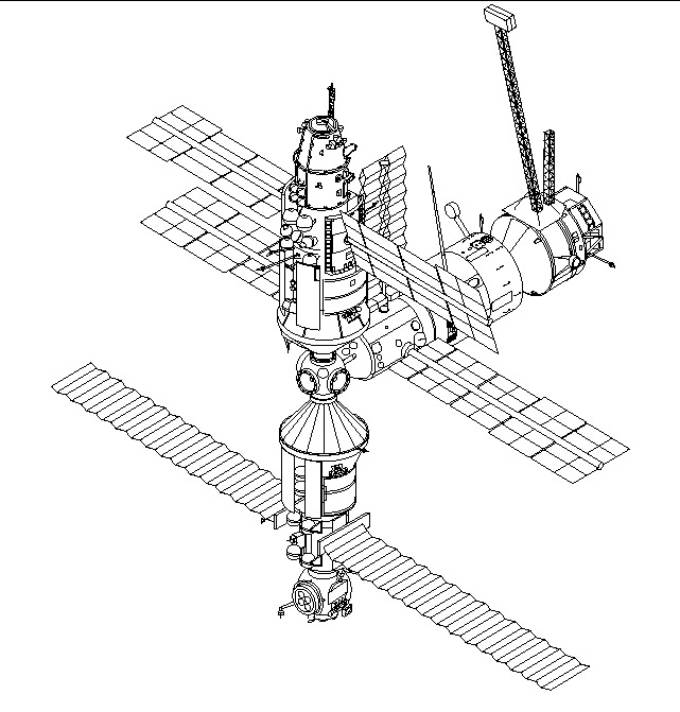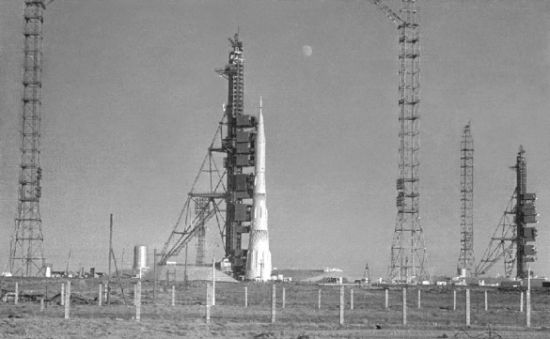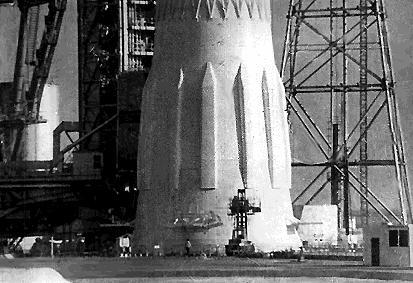I'm very glad to see it continue as well!
I bitterly regret, and apologize, that I did not think to nominate this for the Turtledoves, as I could have done and wish I had. I was confused by the new rules and let the whole thing slide.
I am quite willing to wait and see.
One thing I'm waiting for is more explanation on just how the ATL USSR could afford what it has done hitherto, and whether that suggests a more robust order in Russia that will keep some form of the Soviet system going past its OTL 1991 expiration date.
That has crucial bearing on what happens in the 1980s of course. During the 1980s I don't think anyone expected the collapse that did happen with the beginning of the next decade; everyone expected the USSR to plod onward in some form or other and Gorbachev's reforms seemed to indicate it would do so in modified but probably more dynamic style. The Soviet space program in particular appeared to be progressing at a fairly brisk pace, so one possible answer to "how do they do it?" is that they are spending capital the regime really can't afford, and a grim day of reckoning will come.
But since serious questions about whether the Soviet regime could have possibly managed to cover the costs of stuff that has already happened in the timeline have already been raised long ago, it seems to me the only possible answers must involve some real increase in general Soviet capability; just managing to cut down on various forms of waste somewhat would amount to really substantial increases in resources available. In turn, I don't think they could have raised the efficiency of the overall system merely to squeeze out extra juice for high-priority regime projects; OTL they already had the art of using intimidation to get things done down pretty well, the waste in the system stemmed from alienation of ordinary citizens from feeling a stake in the system. In order to realize improved efficiency the citizens would have to feel their stake in the system increasing, which would partially be a matter of outcomes for them that would not only be better but improving at a visible rate; if this were realized, then in turn the baseline of resources from which the regime can extract a greater percentage for use would also be growing, thus the leeway for increased resources for programs like the space program would be very large--if we can believe the regime somehow hits upon a strategy to revitalize the economy.
Most people would suggest this is due to capitalistic reforms a la China, but for reasons I've discussed at some length, IIRC here in fact, in my humble opinion this won't work for the USSR; to put it bluntly, the regime's legitimacy rests entirely on providing an alternative to capitalism. The PRC can incorporate capitalistic methods more successfully because it is more of a purely nationalist regime; it is the current Imperial Dynasty; that it is supposed to be Marxist and Maoist as well is more negotiable. My impression is the PRC does still differ in fundamental ways from a properly capitalist system, in that the Party retains control of the "commanding heights" of finance and policy; it isn't really free capitalism in that the rich of China cannot organize separately from the Party and abolish its rule; rather they are co-opted to work within it. Central control means that should a crisis like the Great Depression strike China can ride it out.
But the Russian Communist Party will not be able to follow the Chinese model IMHO; if they allow capitalistic norms to govern the enterprises the Party will lose all legitimacy and we will see a breakdown of the Soviet system and crises essentially similar to OTL in the 1990s. If the Soviet system is to survive, the regime must solve problems in a different fashion entirely, the question being whether this is possible at all.
I also doubt that it can gain strong legitimacy in Eastern Europe (including nominally Soviet parts of it like the Baltic republics) by mere prosperity alone. I would suspect that even in a world where the standard of living in the Warsaw Pact nations as a whole rises to match Western European standards, nationalistic and separatist dissent will remain very strong factors; sustaining the WP will necessarily be repressive.
In a TL where the USSR remains in existence then, I'd expect that this involves a shift of the center of gravity of wealth production within the WP/Comecon sphere toward the USSR itself; OTL the broader Soviet sphere relied disproportionately on production in Eastern Europe. What I'd foresee here is that overall productivity there rises at a lower rate and that the Kremlin would use carrots as well as sticks to try to hang on to control there, and come to rely more and more on increased Soviet production. If then there is a political crisis in which Moscow decides as per OTL more or less that it cannot afford to retain control of Eastern Europe, and these nations all secede from Soviet control, Russia itself (including I'd think every territory ever formally incorporated into the USSR--the Baltics would remain, very reluctantly, and Central Asia, not so unhappily also, along with Ukraine though Ukrainians would probably have to be well-gratified by Soviet success and take a fair share of control of the whole Soviet system, with the Caucasian republics staying in as well) will however find its balance and remain the superpower Soviet Union largely on its own as before WWII. Mongolia would probably remain aligned, Cuba and Vietnam would remain Soviet clients, and under these circumstances I'd guess the USSR would pick up some voluntary allies as well--it is not inconceivable to me that even some former Warsaw Pact clients would renew a closer relationship with the USSR, on sovereign terms, when they find that their relationship with the US-dominated Western system is not everything they might have hoped for.
Or alternatively, the Kremlin pays whatever price it takes, in blood and moral capital, to retain control of Eastern Europe, which will remain a fetter, but not a useless one by any means. If the Soviet system is indeed evolving to be more efficient and effectively incorporate innovations, perhaps in time the resistance of the Eastern European populations to Soviet dominance might soften in some nations--never in Poland I'd think, but maybe say in East Germany?
---------
I have long wondered, ever since this timeline has inspired in me the idea the N-1 rocket might possibly have been successful, if someone in the USSR might take note that the lower stages bear some resemblance to conical capsules like Mercury and Gemini, and consider whether it might be possible to recover the large first stage downrange where Soviet-launched first stages generally crash to the ground. Make the bottom an effective supersonic aerobrake, design the whole thing to take the heat of being dragged to subsonic terminal velocity, and install parachutes and retrorockets to soft-land it somewhere on the steppe, and voila, reusable first stage!

Well, even all that is not quite sufficient; obviously the engines are not designed to be reused many times and probably couldn't be used even once more without major redesign; we've discussed issues of plumbing that would possibly be solved for single launches but might amount to ongoing fatigue that would cause failures on later launches, this too would have to be addressed. I don't think that sufficient strengthening to enable soft landing and reuse would add a very large mass load but obviously that guess could be very sadly mistaken.
And the elephant in the room is--OK, there's a nice reusable N-1 stage sitting in the Siberian or Khazhak steppe--great, how to get it back to Kosmograd for another launch?

I'm quite serious in proposing the Soviets develop some kind of airship to do this, to go fetch it and winch it aboard. I'd suggest a very conservative modification of the basic Zeppelin design, as opposed to trying to make some sort of hybrid helicopter-aerostat or Cyclocrane or what have you. The Soviets have their own sources of helium and surely are up to making a few big hangars to build and keep the things in, presumably right there at Kosmograd. In addition to retrieving spent stages from the steppe, the airships could also be used to enable factories distant from the launch sites to make stages and other spacecraft elements as big as they like, and not have to worry about whether they would fit on railways or canals. For such infrastructural purposes, an airplane might arguably be as good or better, but only an airship can do the retrieval job that inspires this suggestion--so if they can have it for that, why not use it for other things as well?
A version could be commissioned in the Soviet Navy as the retrieval craft for space craft that come down in the ocean or otherwise not on Soviet soil. Airships are slow compared to airplanes or even helicopters, but they move twice as fast as any surface ship that has any range, and a large airship can have global range. As part of the Soviet Navy in a time of peace it would be protected by the implicit capacity of the USSR to avenge any attack on it, but as an airship it poses little immediate threat by itself, so it seems likely to me it could gain access to the airspace of any nation that isn't deeply committed to hostility to the USSR. In a matter of days it could be pre-positioned in any region of the world, and then upon actual entry of the spacecraft, join it at its landing spot in a matter of hours, and pick it up whole, crew and all, then fly either directly back to the USSR or to the nearest allied base (in Vietnam or Cuba or any number of African countries, assuming that both Soviet prestige and economic capability are greater than OTL) where recovered crew might board jetliners to go home while the airship, refueled, proceeds on home at its own pace with the recovered craft aboard.
I'm pretty darn serious about this. I can see
here that the dry mass of an OTL N-1 Blok A stage would have been over 130 tons, which is admittedly pretty high--the Hindenburg however could have lifted a quarter, maybe a third of that as designed, and so considering that it and other big historical airships that had some success (R-100, USN's ZR-4 & 5 aka "Akron" and "Macon") were all built with considerable auxiliary mass installed for passenger accommodations or military uses, we're halfway there already--something to recover a 150+ ton mass is going to have to be bigger than even Hindenburg, especially since it will use helium and not hydrogen for lift. But in the ballpark of the "thousand footer" designs on the drawing boards in the 1930s, and using modern materials can significantly lower the structural weight, freeing up lift both for the cargo itself and auxiliary handling equipment while leaving margin for crew; the version to get back the A stage would not have tremendous distances to cover and so fuel can be a small fraction of its all-up mass. Another rigid of the same basic design but with fuel tanks for truly global range would not be able to retrieve the same huge mass, but well able to get downmasses as high as 40 tons or so. It would be overkill for something the size of a Soyuz capsule, but maybe not if it includes a medical staff and has to go to say the South Pacific.
A few big hangars would accommodate them well enough; in Kosmograd, in the region of Moscow; in a couple other major Soviet industrial regions where big components might be made; on the Soviet Far East coast somewhere, and in Vietnam and Cuba goes a long way to covering the world. Maybe a couple more, in Angola and/or Mozambique, perhaps somewhere in West Africa and maybe one shared with the Indian government in India. That leaves South America and the Pacific not well served but such is the geopolitical map; no Soviet allies in South America but that might change over the decades if the USSR is prosperous and prestigious and the Yankees screw up relations with Brazil or some southern cone nation.
Brazil actually already has a hangar that was constructed in the '30s to accommodate Hindenburg come to think of it--it wouldn't be quite big enough for these 320 or so meter long giants I'm thinking of but a smaller version in the Hindenburg class could be fitted in. Cardington in Britain could hold a somewhat smaller ship; with good relations with the USA quite a number of timber hangars built for WWII blimp operations might be available along with the great hangar at Moffet (now a NASA campus) and the even bigger Airdock in Akron (now owned and operated by Lockheed--OTL; in the 1980s OTL I think Goodyear still owned it). The big hangar at Lakehurst that used to house Hindenburg on its visits to the USA still stands too--of course all of these legacy American hangars have been repurposed to other tasks and would need some major clearing out to again house a giant rigid airship.
The British imperial airship scheme that commissioned R-100 (and R-101) also had some hangars built, in Karachi in particular--Pakistan would tend to remain a US ally and enemy of India, and I'm not sure if the structure was left standing or not anyway.
